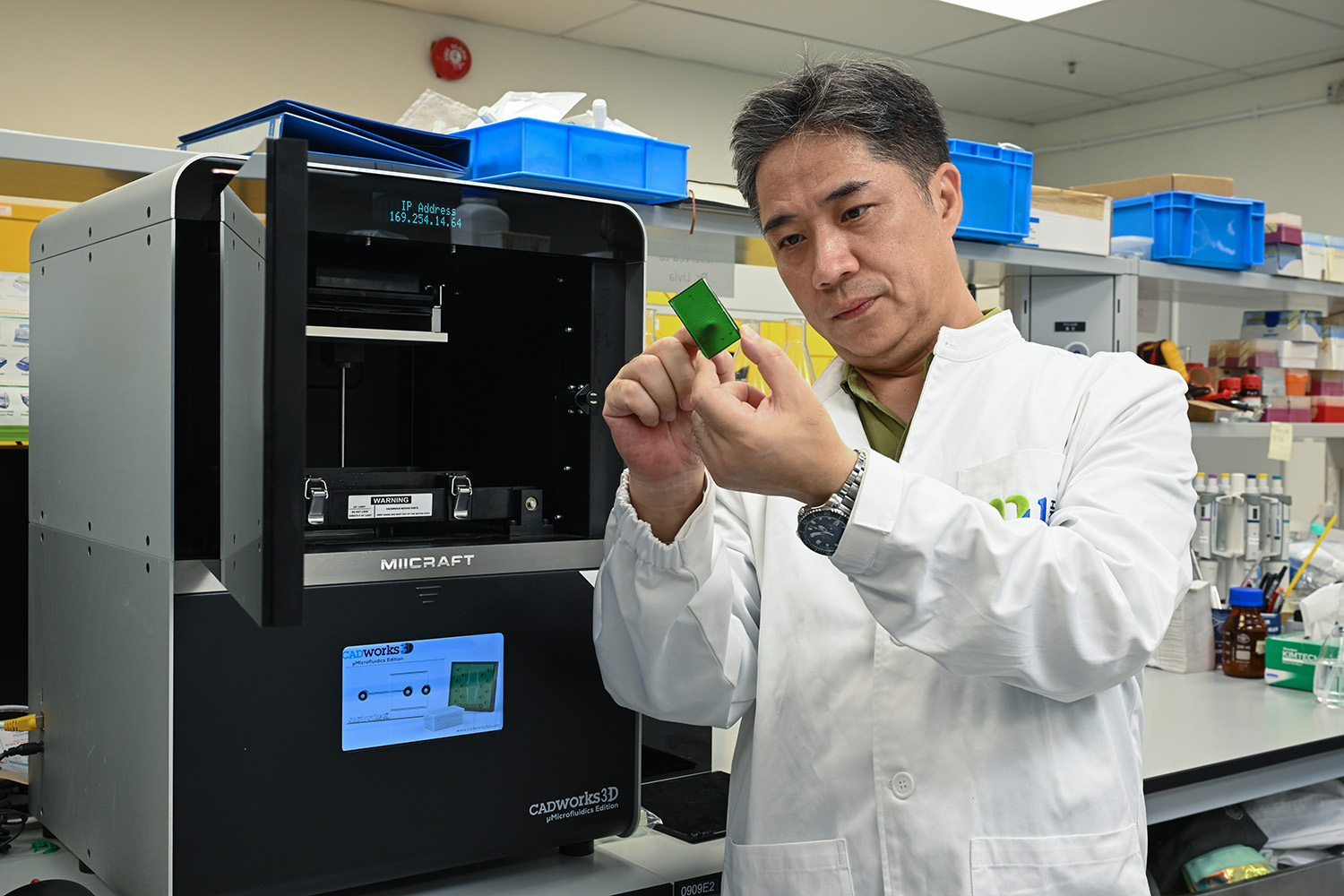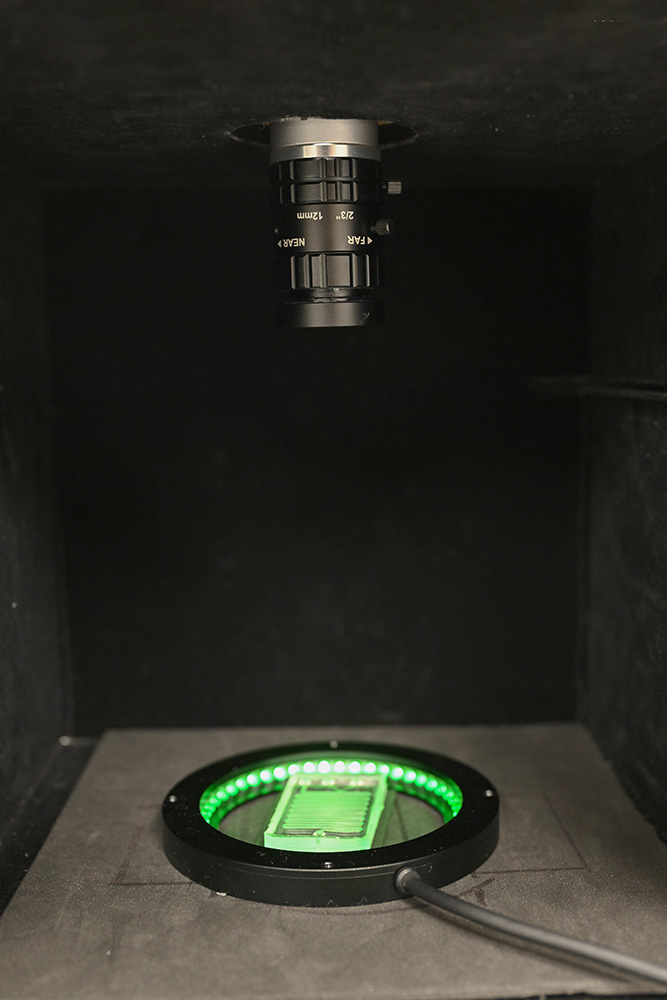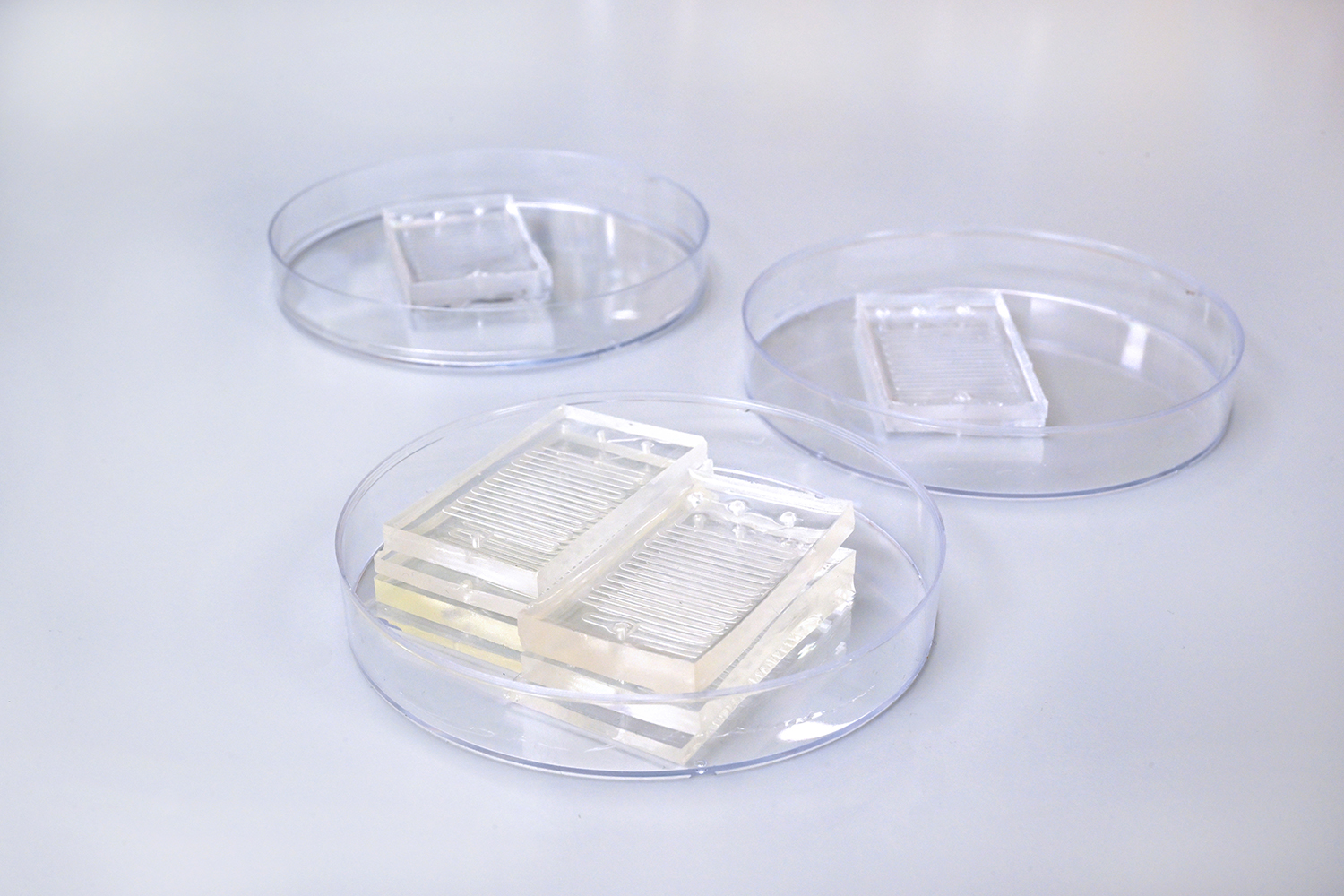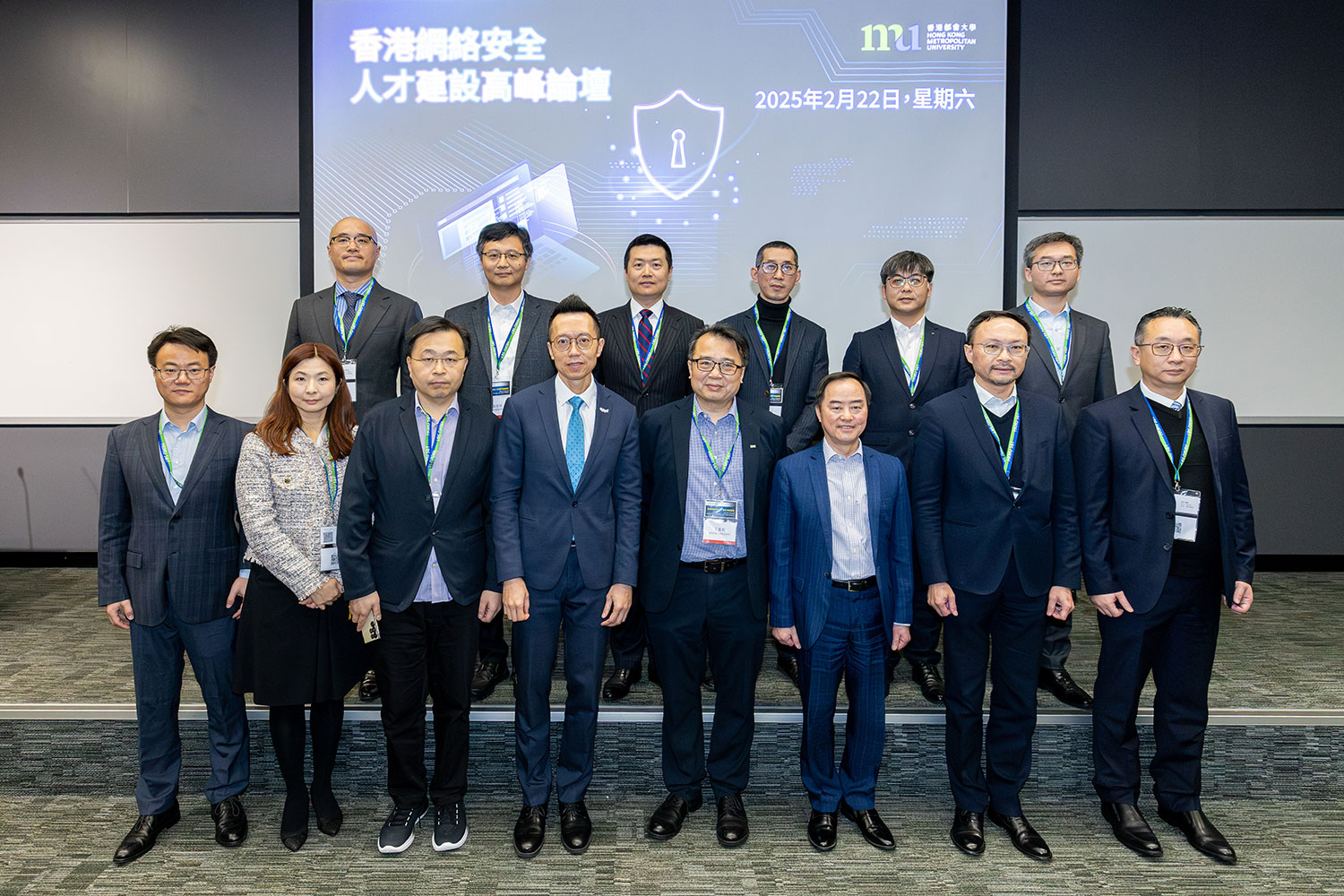As public awareness of environmental protection grows in Hong Kong, food waste is becoming an increasing concern, thus creating demand for food waste recycling and reuse. If large amounts of food waste are not treated properly, it may contaminate the environment. The “anaerobic co-digestion” of food waste and sewage sludge produces biogas, but the biological activity of the digestion process requires close monitoring to ensure the smooth operation of “anaerobic digestion”, along with the production of biogas. Hong Kong Metropolitan University's (HKMU) School of Science and Technology has developed a “microfluidics analytical device” to monitor the bioactivity of “anaerobic digestion” in real time and learn about the impact of food waste on the “anaerobic digestion” of sewage sludge. Hence, it will help improve the efficiency of waste decomposition and generate renewable energy to convert waste into energy.
According to the Environmental Protection Department, most of the food waste in Hong Kong is disposed of in landfills, along with other municipal solid waste. In 2020, about 10,809 tonnes of municipal solid waste was sent to landfills in Hong Kong every day. Food waste accounted for about 30% of this. Earlier, the Government launched the “Food Waste/Sewage Sludge Anaerobic Co-digestion Trial Scheme”, in which food waste and sewage sludge are subjected to “anaerobic digestion”. This method employs microorganisms to digest and decompose the waste in an anaerobic condition. It has been successfully applied in various overseas countries to effectively treat both food waste and sewage sludge. While reducing the amount of waste, the process produces biogas, which can be used to generate electricity and heat for conversion into electrical energy.
Funded by the Environmental and Conservation Fund in 2021, Dr Chen Jianlin, Assistant Professor in the School of Science and Technology at HKMU, conducted research on the treatment of food waste. He discovered that when massive amounts of food waste were put into the “anaerobic digestion” system, it affects the pH value of the system and results in an imbalance in the microbial community. This causes difficulties in the effective digestion and decomposition of waste, thus undermining the performance of waste treatment.
Dr Chen's team applied “microfluidics technology” to invent its “microfluidics monitoring device”, which is a microchip equipped with a microchannel. By capturing a trace amount of food waste and sewage sludge before “anaerobic digestion”, the device can produce a fluorescent response to the microbial activity of “anaerobic digestion”, using a special built-in chemical dye. The intensity of the fluorescent response indicates the bioactivity of the “anaerobic co-digestion” of food waste and sewage sludge, allowing the operator to determine the effectiveness of the microorganisms in decomposing the waste in real time.
Unlike the existing method of laboratory testing, the “microfluidics monitoring device” can analyse the effect of different ratios of sewage sludge to food waste on the performance of “anaerobic digestion”. This helps monitor the decomposition of waste faster and more efficiently.
After repeated tests, the research team found that the ratio of sewage sludge to food waste can be adjusted to maximise the capability of the sewage sludge to undergo “anaerobic digestion”, thus achieving the optimum waste treatment outcome. Unlike “anaerobic digestion” of sewage sludge alone, the addition of food waste to the process generates more biogas, which can be recycled and converted to produce more electricity.
Dr Chen said he believes this research will help enhance the stability of food waste treatment in an anaerobic digester and the efficiency of generating renewable energy. He said, “The research results reflect the potential application of microfluidics technology in real-time monitoring of 'anaerobic digestion' processes. For example, the monitoring bioactivity of 'anaerobic co-digestion' of food waste and sewage sludge in this study enables better utilisation of food waste and the conversion of waste into energy. We hope that the findings can be applied in the community and that the 'microfluidics technology' can be extended to other areas, thus contributing to improved waste treatment and environmental protection.”






















